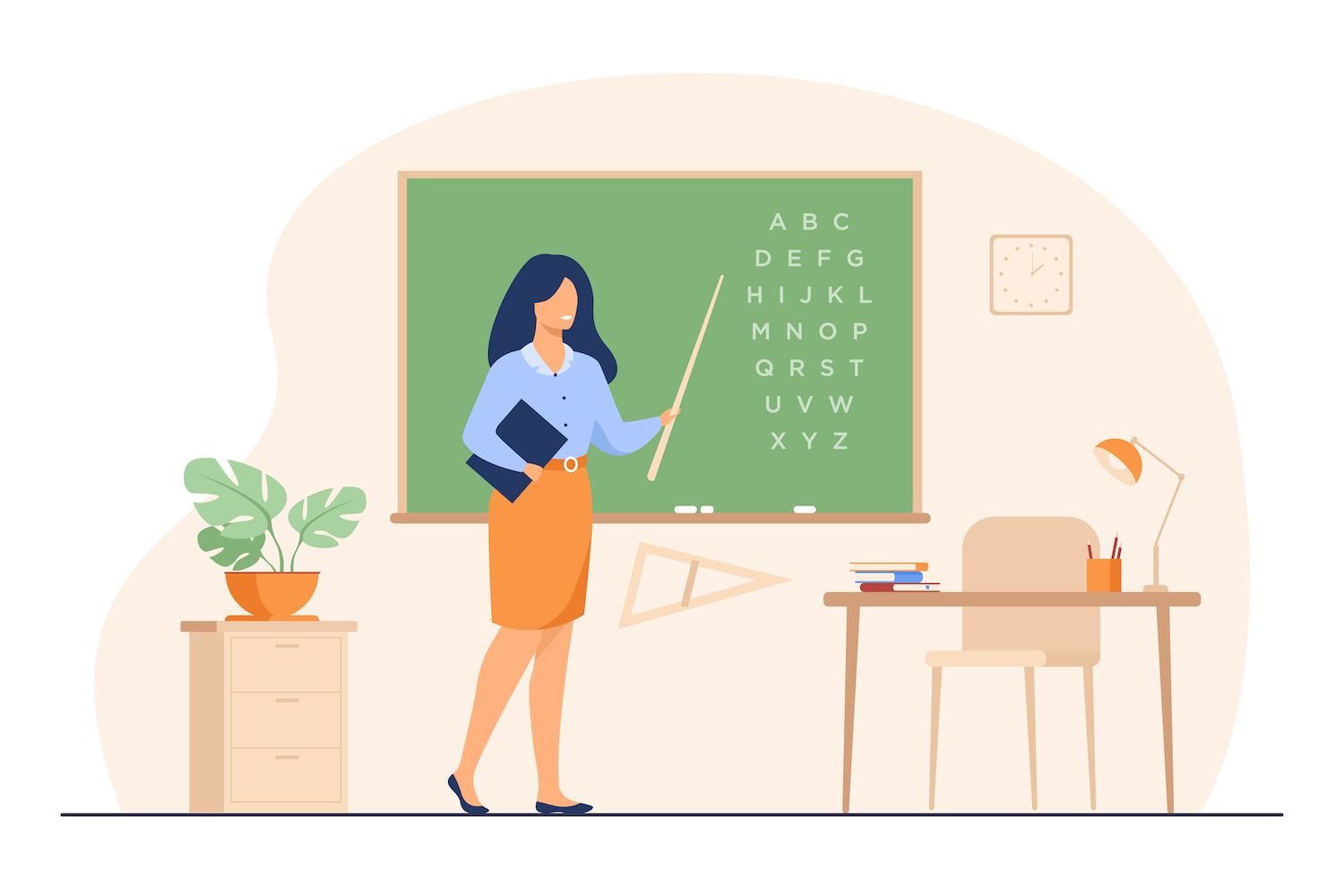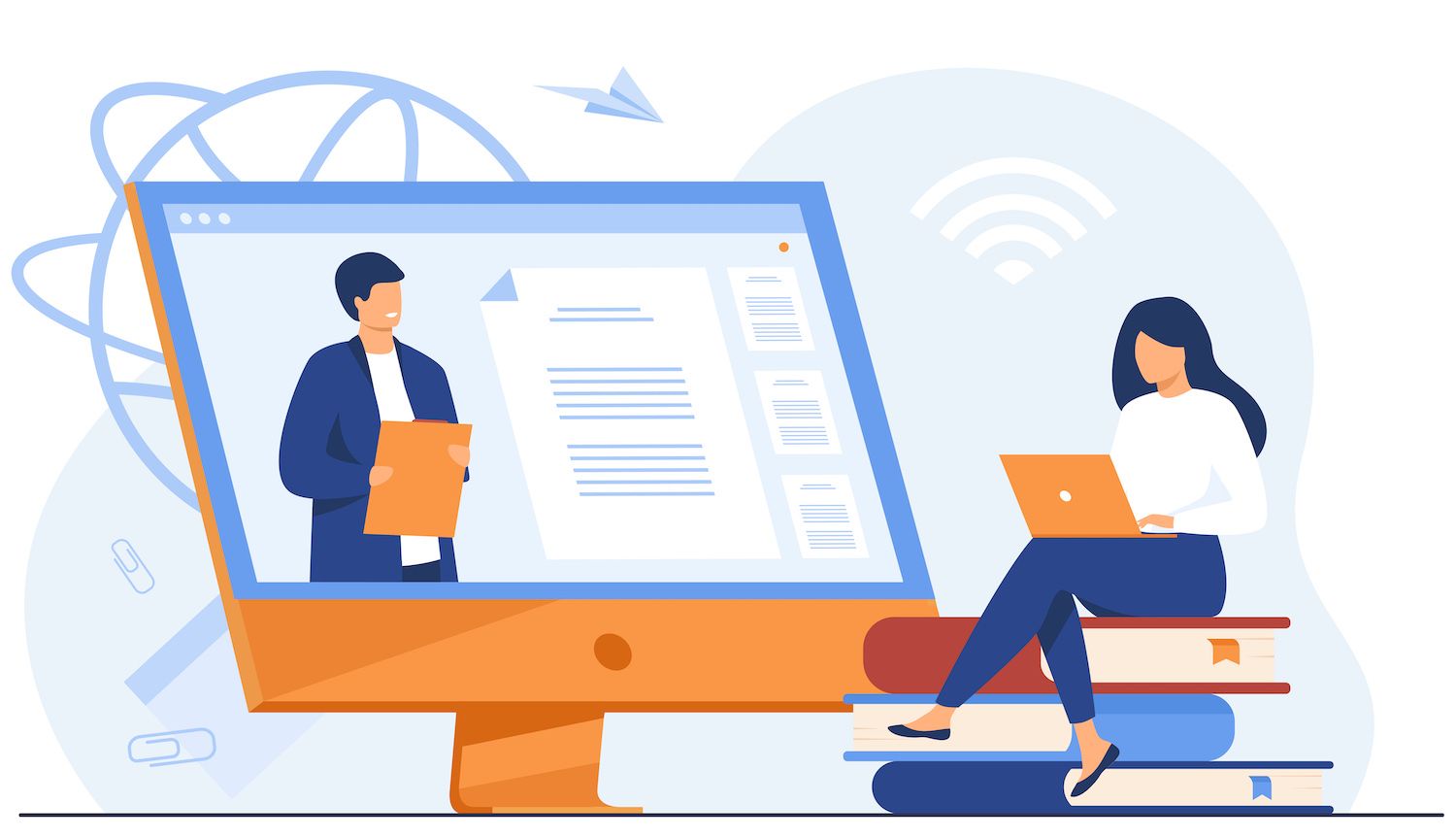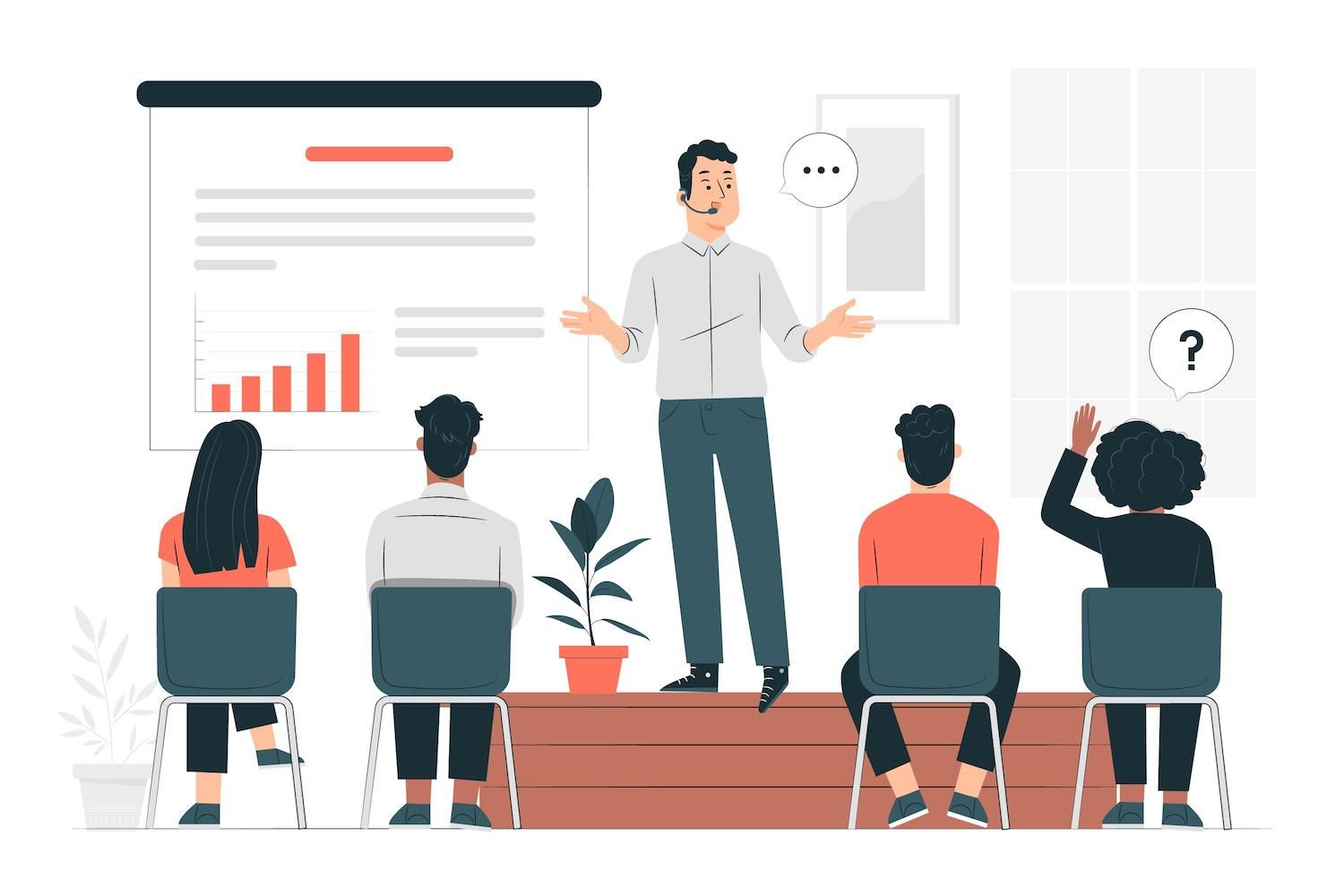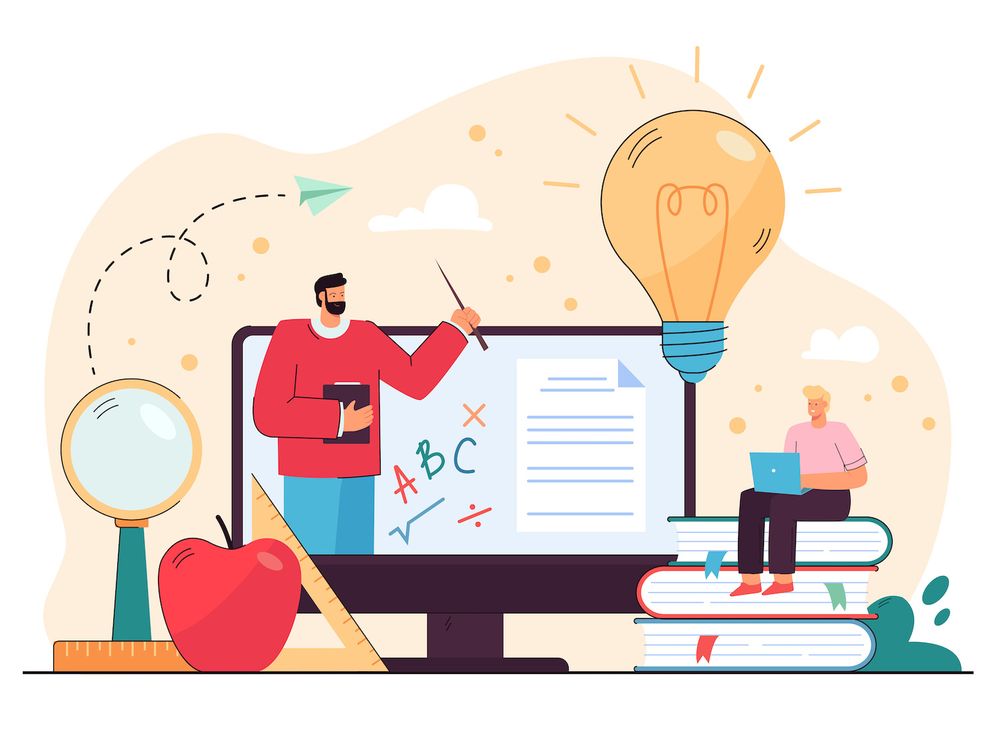Clicks to Bricks: Syncing Pay-in-person and Online Sales
eCommerce stores have some serious advantages for the proprietors andcustomers. In-person purchases have amazing advantages too. And there are some instances when your customers may need to buy in person. As you're about to see, now there's a way to successfully merge eCommerce and in-person purchases.
It's called 'click to bricks.' This strategy blends the very best of both: in-person and online shopping.
For eCommerce businesses that also sell their goods in person at locations such as farmer's market and flea markets, or that accept pre-orders on the internet but accept and deliver by person, clicking to bricks are the most effective way to provide your customers with the best service.
Let's get you acquainted with the concept of clicking to bricks, look at the reasons why it could be a good idea to improve your company as well as the best way to implement it.
What are clicks to bricks?
Clicks to Bricks offers consumers the choice of visiting a retail store or even an in-person marketplace, or to pre-order online, and then complete the purchase or shopping experience in person. The whole process is done seamlessly controlling your sales process as well as inventory.
It's a type of service to customers. Shopping for things like clothes and furniture, as well as tools and even food can be more enjoyable and more reassuring in the event that you are able to view, touch, and try on the item prior to purchasing it.

Additionally, it's more private and exciting to talk to the maker of certain goods. It's the main reason people go to local in-person markets.
The conversion of clicks into bricks can also be a way to increase profit. Certain customers prefer the offline or in-person experience in the event that you don't offer that option, they won't purchase from you. The well-known eCommerce retailer Warby Parker, for example, now makes around half of its profits due to its ever-growing number of shops.
Clicks to bricks has emerged in recent years as more consumers and merchants struggle with the limitations of online shopping. For a time, some were predicting the doom of brick and mortar stores as well as the demise of malls, because the online marketplace is, so much faster and more convenient.
However, something changed along the way; it turns out that shopping in person experiences can be better than online shopping. Predictions of the end of retail in person were a bit premature.
The physical market is appealing to certain customers who like local products, and also supporting small-scale businesses. They're also more eco-friendly.
Five compelling reasons to implement a clicks to bricks strategy in your business model
How does the clicks to bricks approach help you improve customer service and boost the profits of your business? Let's look at a few strategies.
1. It offers a smoother customer service experience
The most difficult issues associated with shopping online are alleviated when you shop in person. Many customers find that being physically present at a location makes it easier to return purchases. It can be simpler to discuss a problem when you place an order in person, rather than emailing support.
Sometimes, it's quicker if you require something immediately. You can simply drive down to a market or store to purchase a product. The item is available the very same day you wanted to purchase it. It's the same time.
There are advantages to bothonline and in-person shopping, which will allow you to provide your customer.
2. The company allows customers to place an order prior to purchase.
One flaw with a poorly-executed clicks to bricks strategy happens when a customer sees a product online and comes to the market or store and is told the product isn't available. It's the most frustrating thing. However, it's often not feasible to bring your entire inventory with you to some event or exhibit. But what do you have to do?
The solution is having customers place orders online and later go to the store and pay it back in person.
Plus, by using software that syncs your inventory with the payment and order processing, the product availability information displayed to customers in your store online is current.
3. This increases profits and sales.
In the research the results showed that 57% of shoppers went to the store after having made a purchase from the same online retailer. And going the other way 68% of customers who purchased their initial purchases in store then went online to visit the retailer of the same brand and made a purchase again.
If you offer both choices by offering both options, shoppers have an additional option to purchase. In fact, as the study showed that the vast majority of buyers will choose both options. Give them only one or the other, and you'll make lower profits.

The Wall Street Journal reported that Untuckit was a previously online-only clothing retailer, gets an increase of web-based sales within a ten-mile radius of every store that they launch. Take a moment to think about it for a minute. The CEO of their store says that they "are like an inexpensive billboard."
If you're selling on local market stalls, you can aim for the same outcome.
4. This increases the conversion rate
Your digital storefront can help customers more quickly browse your stock to determine whether you've got what they're looking for. If they know that the item they're searching for is available and they're able to choose from delivery or pick-up in person. You can also just drive to your location to purchase it on the spot.
In any case, customers are with a desire to purchase. And if your inventory syncs properly between your online and physical location, you reduce the number of people who leave empty-handed and frustrated.
5. You get higher average order values
Why is it good when people come to purchase in person? Because they spend more.
One study discovered the 70% customers tend to make an impulse purchase in the retail store rather than shopping online.
If you're in a shop, market, or home delivery situation, you can introduce shoppers to all sorts of items that are small or big ones, which they would never discover in your retailer. While walking about and come across something they're aware of. Then, they'll see something to give as a gift, or treat themselves to. That doesn't happen quite so easily on the internet.
The tool you need for a successful clicks to bricks shopping experience
Going from an online-only business to one with an in-person experience is not an easy task. You may have to deal with shelving and layouts and managing inventory in a new way, in-person employees, experiential design, and many more.
However, the proper tools will aid in bringing things together faster -- whether it's making a temporary display at a major event or designing an enormous physical space for retail from the ground up.
A POS that integrates inventory and payment processing is an absolute must.
At the point of sale, you need a way to take the payment. On the internet, buyers purchase from one checkout page. But in person, what happens if they pay curbside? And what happens if the order delivered to their home and pay on delivery?
It's necessary to have a device that can accept payments.
- It's the physical device that can accept payment. It's a small, lightweight unit that is seamlessly connected to mobile apps. Mobile App. It's speedy and secure thanks to end-to-end encryption.
- Customers are able to tap, swipe or use a chip or make use of contactless payment options such as Apple Pay -- whatever service you want to provide them.
Purchases made in person be synced with the online store so your inventory will always be up to date.

This way, when the customer purchases something, that they pay for using M2 card readers, your online store will show the purchase. If the customer purchased the only one available of a particular item, the online store won't show it as still being available. This eliminates the chance of another buyer looking to purchase the exact item.
With In-Person Payments, you can create an order, then pay for it at the point of sale and then process the payment on the spot. And you can make this payment at any point of sale if you're at a farmer's market, or you're delivering your goods to a guest staying in the hotel.
